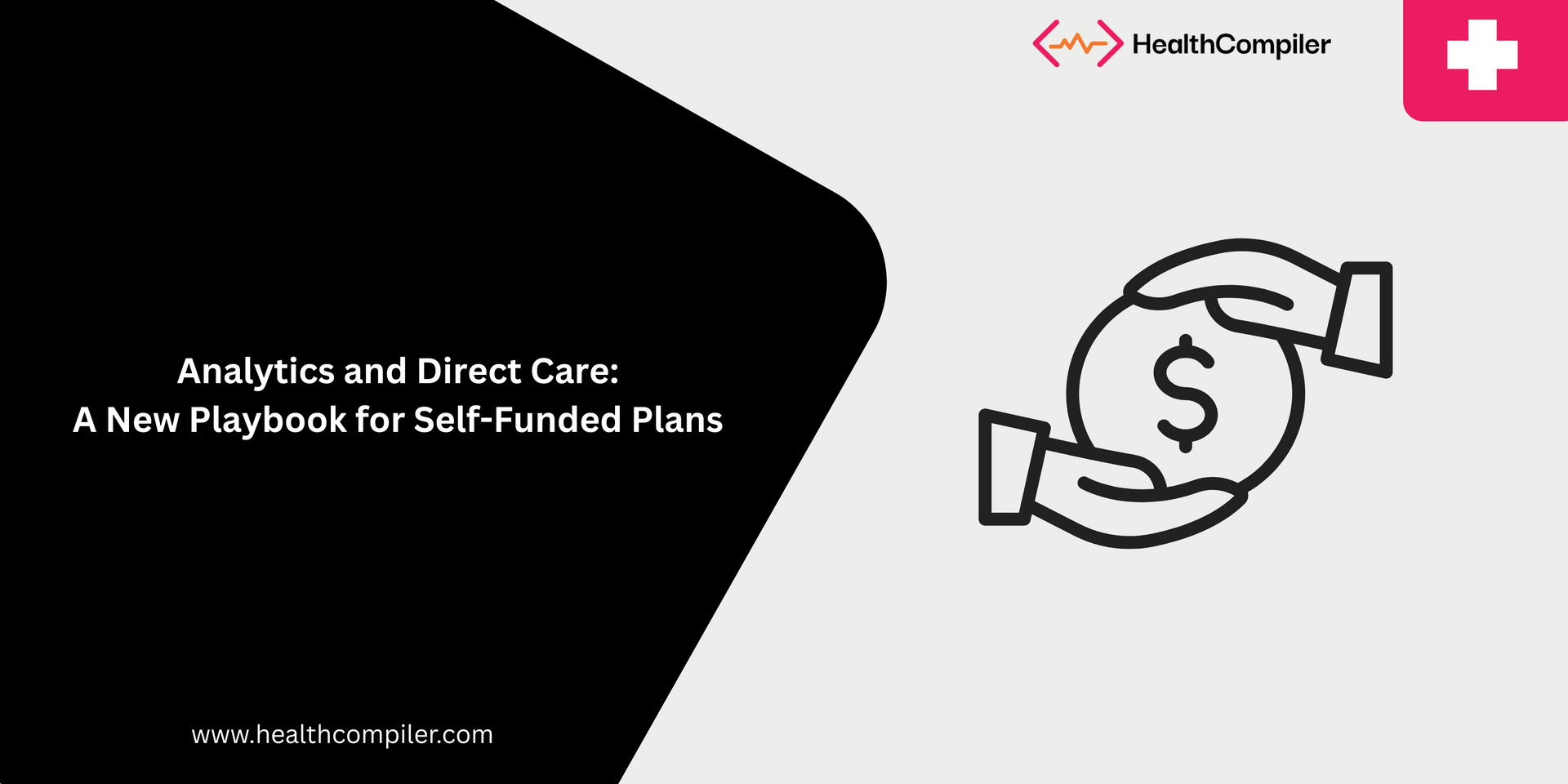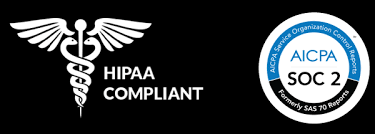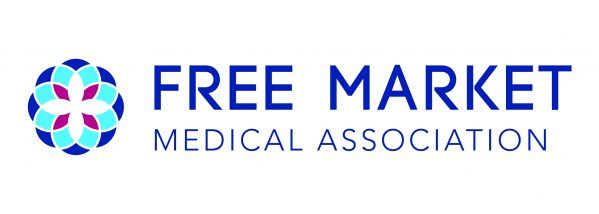Beyond Catastrophic Risk: How Analytics and Direct Care Strengthen Self-Funded Health Plans

For many employers, the idea of moving to self-funded health plans sparks one overwhelming fear: the catastrophic claim. A single cancer treatment, transplant, or premature birth can trigger a catastrophic injury claim worth hundreds of thousands, or even millions. For HR and finance leaders, the thought of absorbing that kind of catastrophic loss claim feels impossible.
But here’s the truth: self-funding isn’t about taking on unlimited exposure. It’s about taking control. With the right stop loss coverage, actionable insights from healthcare data analytics solutions, and the practical impact of direct care models, employers can manage risk more intelligently while improving health outcomes.
Catastrophic Risk Is Real, But It’s Manageable
Stop loss coverage for employers exists for this very reason. Specific stop loss protects against high-cost individuals, while aggregate stop loss caps the overall plan’s exposure.
These protections ensure that no single catastrophic claim can derail a company’s financial stability.
This safety net is what allows even mid-sized or smaller employers to explore the benefits of self-funded health plans with confidence. But here’s the key: stop loss is the backstop, not the strategy. Long-term sustainability comes from preventing these high-cost events in the first place. And that’s where analytics and direct care work together.
The Role of Analytics in Predicting and Preventing
Modern healthcare data analytics solutions give employers a new level of foresight. By pulling together claims, clinical records, pharmacy data, and even engagement metrics, employers can:
- Spot early warning signs, like rising HbA1c levels, before diabetes leads to costly complications.
- Stratify populations into meaningful categories—chronic, rising-risk, or high-risk for catastrophic events.
- Strengthen stop loss negotiations by showing insurers they are actively managing risk.
The benefits of value based care become tangible here: instead of reacting to major claims after they happen, employers can intervene early and change the health trajectory of their workforce.
Direct Care: The Frontline Defense
While analytics reveals where the risks lie, Direct Primary Care (DPC) and other direct care models provide the hands-on solution to address them. By removing access barriers and focusing on relationships instead of billing codes, direct care ensures that:
- Employees have continuous, proactive care that prevents conditions from spiraling into a
catastrophic injury claim.
- Chronic conditions are managed upstream, reducing ER visits and avoidable hospitalizations.
- Physicians act as navigators, guiding patients to high-value specialists and facilities when advanced care is needed.
This blend of early insight plus direct intervention is how employers bend the catastrophic curve.
A Smarter Self-Funded Strategy
At the intersection of financial protection, insight, and care delivery lies a smarter model for employers considering self-funded health plans:
- Stop Loss for Protection: A safety net that caps exposure to catastrophic risk.
- Analytics for Foresight:Healthcare data analytics solutions that surface trends, predict risk, and demonstrate employer value.
- Direct Care for Action: A care model that keeps people healthier and prevents avoidable high-cost claims.
This strategy goes beyond simply managing a catastrophic claim, it reshapes the economics of employer-sponsored healthcare.
Conclusion
Catastrophic events will always exist. But they don’t have to dictate the cost of your health plan. With stop loss coverage, smarter analytics, and the benefits of value based care through direct care, employers can turn self-funded health plans into a true strategic advantage.
It’s not about avoiding risk. It’s about managing it intelligently, with the right safeguards and the right data. Done well, the payoff is enormous: healthier employees, reduced long-term costs, and a benefits strategy that works for both employers and their people.



